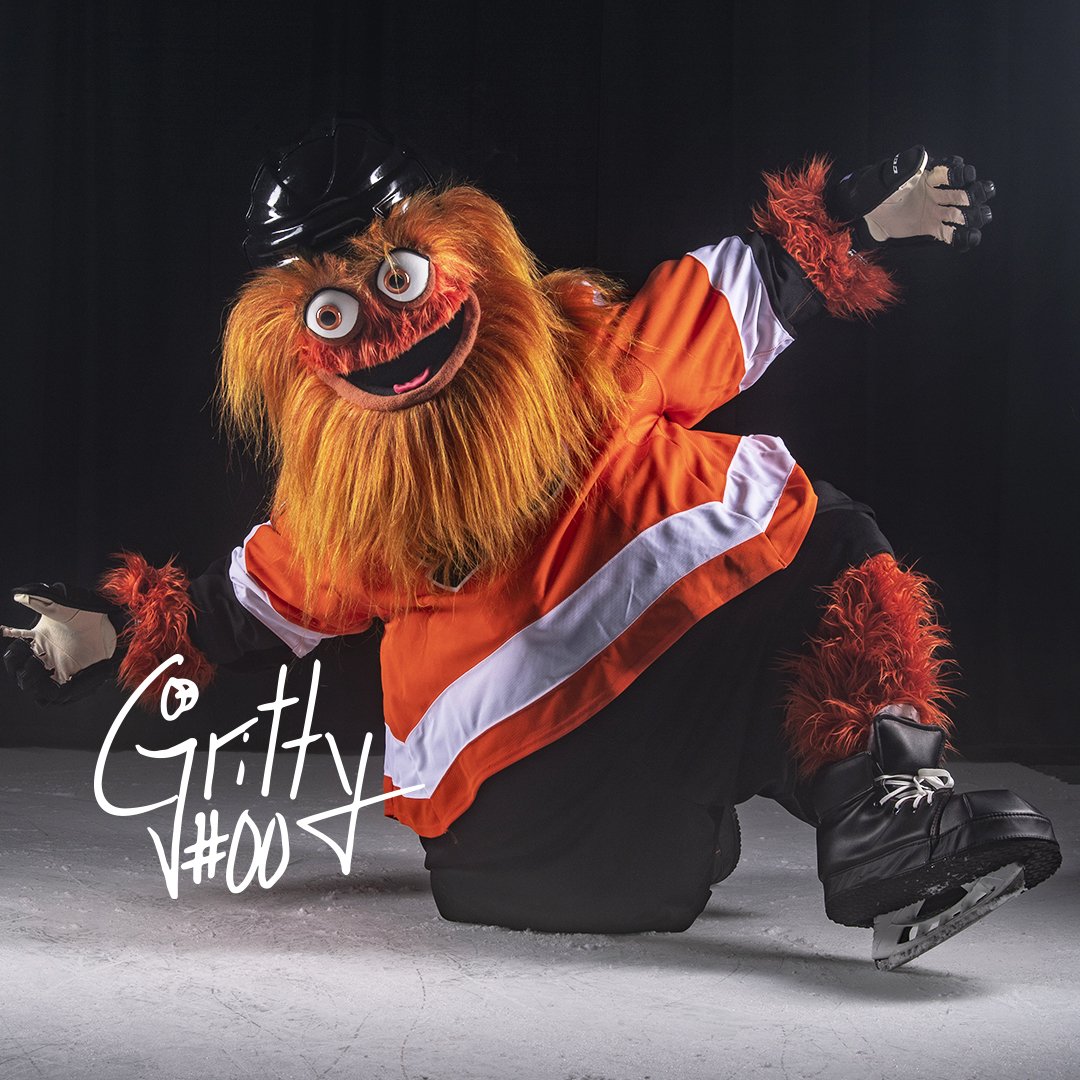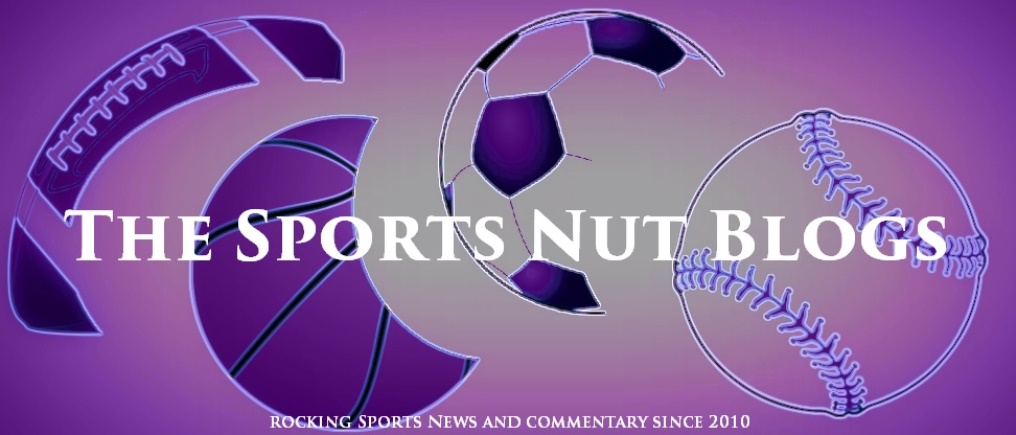To get started here, I'm going to throw down a statistic here that will aid in my explanation. Outside of sports, there is a huge fact about branding:
"Children ages 2-11 see more than 25,000 advertisements a year on TV alone ... a figure that does not include product placement. They are also targeted with advertising on the Internet, cell phones, mp3 players, video games, school buses, and in school." [1]
This statistic ultimately skyrockets as you age and expose yourself to more advertisements and branding. You think I'm deviating from the actual topic at hand, but I'm not. As a child, you're going to be exposed to a bunch of different things, and the more colorful and cartoonish they appear, the more appealing they'll be to kids, or the more they will induce nightmares. Even so, it makes them memorable.
The main idea you have to think of is this: when children are younger, and their parents or family members take them to games, aside from big-name players, who are they going to remember the most?
The mascots. The big furry buddies that show up during the games and pump up the fans.
What exactly is a mascot? Well, etymology can clear that up for us. The word comes from the French mascotte, ultimately meaning "charm" (the derivative term, mascoto, means witch, but anyway...). In the very early days of baseball in the 1880's, different "charms," or mascots, took the form of children or real-life animals. No, now is not the time to assume the "Curse of the Billy Goat" originated from this kind of mascot, as that's a completely different story.
By the MLB expansion in the 1960's, mascots became more plentiful, as Mr. Met made an appearance, the San Diego Chicken began his legacy, and the Phillie Phanatic hatched his way into the hearts of fans and haters alike. [2]
Professional team mascots are huge instruments in an organization's humanitarian work and their public relations outside of sporting events. They're animated due to their inability to speak, and their warm and fuzzy exterior is usually enough to bring a lighthearted feel to the room they walk into. They may not be actual superheroes, but they're larger-than-life figures that breathe, eat, and sleep energy. Actions speak louder than words, after all. While their purpose is not to convert people to be fans of a particular sport, they're there for physical support as well as giving brand awareness to those to support other causes in their area.
There aren't just mascots at the professional level, but they also exist in high school and college environments. A number of them do crazy stunts during breaks, and they also make appearances at school functions to promote their branding and appeal to other audiences. It usually isn't at the same level as professional mascots, but they're still there for similar reasons.
I was a mascot once for a parade, and it was fun. Like, really, really fun. The kids LOVED me.
 | ||
| This was back in 2008. I missed the NLDS clincher between the Phillies and Brewers that day. |
 |
| Photo from Twitter @GrittyNHL - Photo URL: https://pbs.twimg.com/media/Dn3mx-bXUAInf87.jpg |
I remember that morning in late September, when I had another iPhone placed in front of my face to show me the Philadelphia Flyers' new mascot. In a terrified way, I yelled. But because of the initial reception of the big, orange furball, as well as the handling of his social media account, he became hosuehold name not only in the Philly area, but all over the flipping country. From wanting to be the "Person of the Year" for Time Magazine, to getting called out by Bailey the LA Kings Bear, he has the look and the attitude where people are going to remember him.
This is what makes mascots great, especially in the current days of social media. Not only are they still "good luck charms," but they're also a kind of "spokesperson" for the team. They are the prime representatives of a brand. They're also representative of the fans. They show how much heart the fans have, as well as the types of people they represent. There's lightheartedness, there's storytelling, such as how Teddy Roosevelt struggled to win a President's Race at RFK/Nationals Park for a number of years, and there's even competition among rival mascots as well.
Mascots are the extended arm for the team and their fans.
Except if you're Tommy Lasorda. Then they're just nuisances.
The presence of a mascot can greatly enhance the entertainment factor of a game. It doesn't always take much for them to fire up fans with their quirks, and when they get going, it's usually at the best time possible. One thing's for sure, I'm glad that they did away with the olden times of using uniformed kids and real animals to get the crowd into it. Reading about it now, it made sense at that time, but the idea definitely didn't age well, and it would be rather creepy if that held up today.
You'd best believe that when the team energy and the fan momentum falters, the mascots will be there to save you and your sanity.
-- Stephanie
___________________
Other articles referenced:
[1] Marketing to Children Overview - Campaign for a Commercial-Free Childhood - https://commercialfreechildhood.org/resource/marketing-children-overview
[2] Who - Or What - Was the First Sports Mascot and How Did the Practice Start? - Today I Found Out - http://www.todayifoundout.com/index.php/2016/09/first-sports-mascot/

